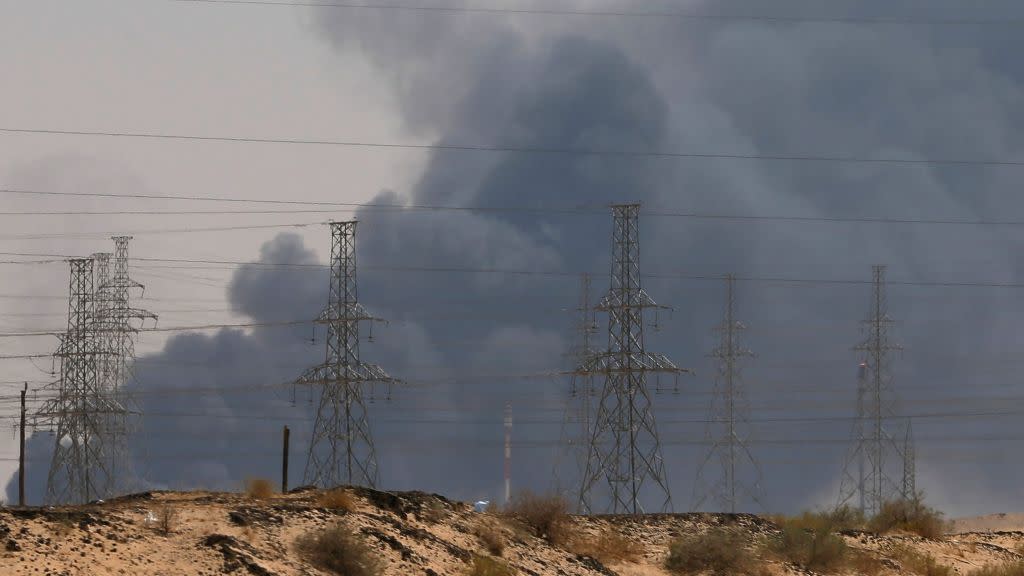The oil field attacks could cost Saudi Arabia hundreds of millions of dollars per day

Drone attacks against the Abqaiq and Khurais oil fields on Sept. 14 in Saudi Arabia have roiled oil markets and, by extension, the global economy. But no country is feeling the strain as much as the kingdom itself.
The attacks, which Iran-allied Houthi rebels in Yemen have claimed responsibility for, immediately led to the disruption of 5.7 million barrels of crude production per day. That’s more than half the kingdom’s overall output, and a higher rate than most countries—aside from the US and Russia—produce in total.

The economic impact is significant for the Saudi economy. Though the US pumps more oil, its economy is more than 25 times larger, and it consumes more than it produces. The export-reliant Saudi economy depends on profits from oil sales worth some 23% of its GDP, according to World Bank figures.

The kingdom can draw on its reserves of 188 million barrels to fill the gap. Two million barrels in capacity are reportedly already back online, and Saudi officials say full capacity will be restored in weeks. If restoring production capacity drags on for longer, the revenue hit will be large. At the $60 oil price just prior to the attacks, the remaining 3.7 million forgone barrels are worth more than $200 million per day.
Higher oil prices could partially offset these losses. But the price uptick, which reached 20% immediately after the attacks, isn’t enough to cover the full amount generated by full production at lower prices. Also, news that the kingdom believes production will quickly come back online has pushed down prices in recent days.

Saudi Arabia will have to fork out cash to repair the oil fields—Abqaiq is the world’s largest oil-processing facility. The kingdom is also expected to spend to bolster its air defenses against future attacks.
In any case, the fallout casts further doubt on Saudi Aramco’s planned IPO. The public sale of a stake in the state-owned oil group is the cornerstone of crown prince Mohammed bin Salman’s Vision 2030 plan, which is designed to shift the Saudi economy away from its dependence on oil. Having previously delayed the listing over valuation concerns and other factors, the latest setback highlights the risks inherent in the kingdom’s unbalanced economy.
Sign up for the Quartz Daily Brief, our free daily newsletter with the world’s most important and interesting news.
More stories from Quartz:

